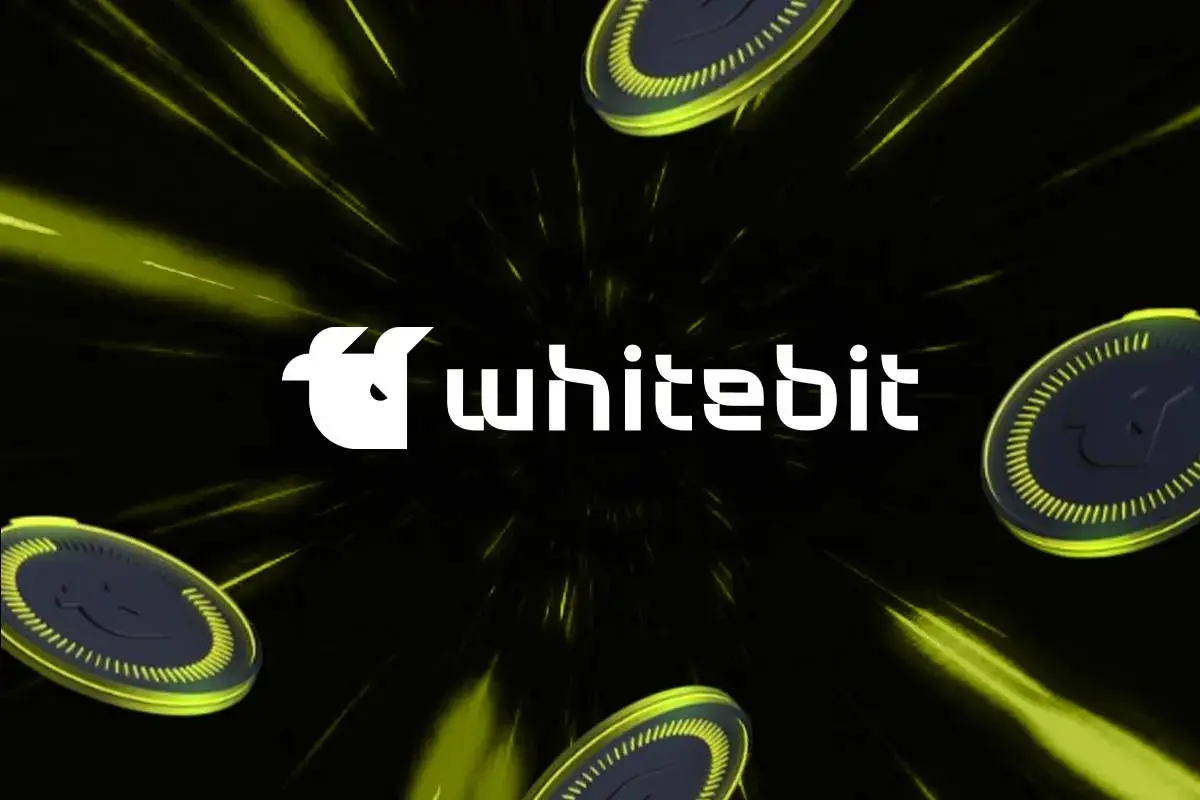Ethereum’s New Staking Solution Aims to Improve Security and Scalability

In an effort to enhance the security, efficiency, and scalability of the network, Ethereum has made a transition to a proof-of-stake (PoS) consensus mechanism. The new design aims to address some challenges and limitations that currently exist within the staking process.
However, there are still certain obstacles to overcome. For instance, users face a significant entry barrier of 32 ETH for solo staking. Additionally, there is a risk of centralization with staking pools and an excessive number of signatures required for each block.
Read Also: Ethereum Co-founder Proposes a Minimalist Approach to Protocol Design
A Two-Tiered Staking Solution
In a recent blog post, Ethereum co-founder Vitalik Buterin put forth potential solutions to tackle these challenges. One of his suggestions is the implementation of a two-tiered staking system comprising two participant categories: node operators and delegators.
Protocol and staking pool changes that could improve decentralization and reduce consensus overhead: https://t.co/PvdKeYmObj
— vitalik.eth (@VitalikButerin) October 7, 2023
Node operators act as validators, committing 32 ETH as a stake while simultaneously running nodes that handle transactions and generate new blocks. Violating ethical standards or engaging in malicious behavior exposes them to slashing penalties.
On the other hand, delegators possess stakes below 32 ETH and assign their stake to chosen node operators. Although they don’t operate nodes themselves, they have the freedom to select which node operators they endorse and engage with consensus in lighter capacities.
Read Also: Breaking: Vitalik Buterin Reveals All Ethereum Layer-2’s Have Backdoors
Benefits of the Proposal
In his argument, Buterin highlighted numerous benefits this proposal could bring to the network and its users. From the network’s perspective, it has the potential to achieve various advantages. Firstly, by reducing the number of signatures per block to approximately 10,000, scalability would be greatly enhanced and computational overhead minimized.
Additionally, it would bolster network security and decentralization by raising the difficulty level for attackers aiming to control a majority stake. Furthermore, this proposal enables more inventive and flexible staking solutions through smart contracts utilization, liquidity tokens adoption, and other mechanisms.
He also highlighted the possibility of implementing these changes at various layers of abstraction within staking pools or between them as well as within the protocol itself. Ultimately, he recommended a minimal viable enshrinement approach – minimizing protocol complexity and economic changes while still achieving the desired goal.
- Bitcoin and Ethereum Options Traders Turn Slightly Bullish, Santa Claus Rally?
- WhiteBIT Announces Global Trading Promotion With TradingView and Tether: up to 30% Cashback for Traders
- Crypto Market Watches as Federal Reserve Injects $6.8B in Liquidity Today
- BOJ Rate Hike Backfires: Yen Crashes, Bitcoin Price Rally Uncertain
- Canary Capital Announces Major Changes to Its SUI ETF
- Weekly Crypto Price Prediction: Bitcoin, Ethereum, and XRP as Market Momentum Builds
- Will Solana Price Hit $150 as Mangocueticals Partners With Cube Group on $100M SOL Treasury?
- SUI Price Forecast After Bitwise Filed for SUI ETF With U.S. SEC – Is $3 Next?
- Bitcoin Price Alarming Pattern Points to a Dip to $80k as $2.7b Options Expires Today
- Dogecoin Price Prediction Points to $0.20 Rebound as Coinbase Launches Regulated DOGE Futures
- Pi Coin Price Prediction as Expert Warns Bitcoin May Hit $70k After BoJ Rate Hike

 Claim $500
Claim $500














